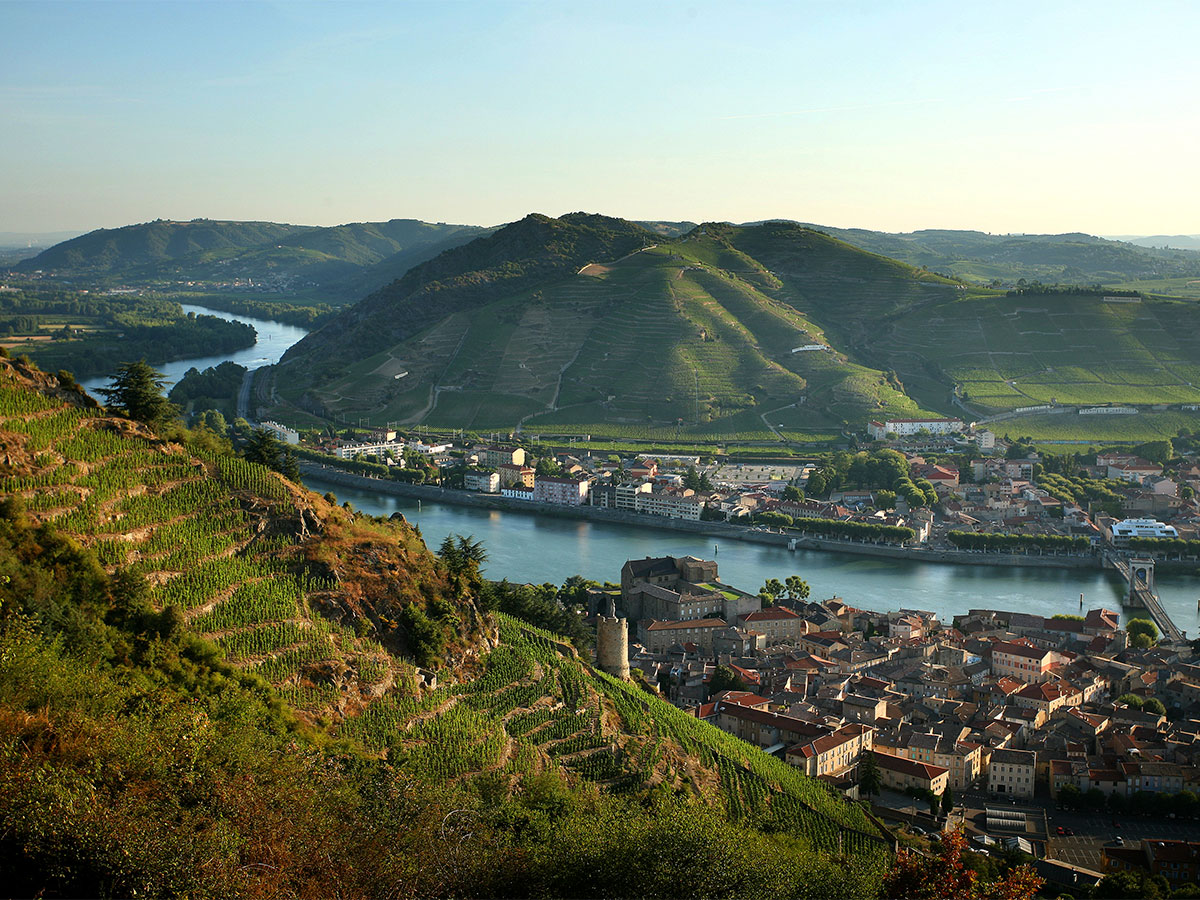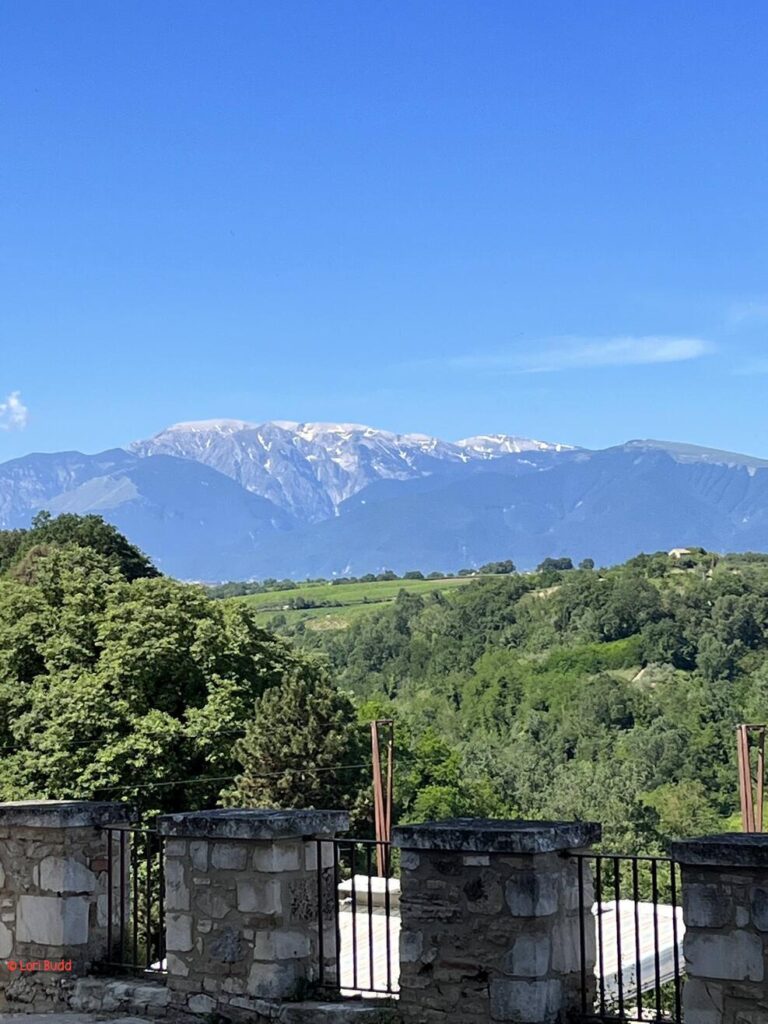The Lone Ranger was a fictional Old West good guy who wore a mask to protect his identity. He was the lone survivor after he and five other rangers were ambushed. His horse-riding sidekick, Tonto, saved his life when he found him barely alive after the grisly attack and together they rode looking to right the wrong and hunt down the band of outlaws who killed the rangers.
The Rhône Valley may not be the wild west, but it definitely has a gang of fellows who work together to make an incredible wine. Located in southeastern France, the region is known for its production of wine for over 2,000 years. There is evidence that the Greeks planted vineyards in Marseilles around 400 BC. A main climactic impact on the region is the Rhône River. The valley which runs along the river runs for 150 miles in a north-south direction from Lyon to the Rhône Delta leading to the Mediterranean.
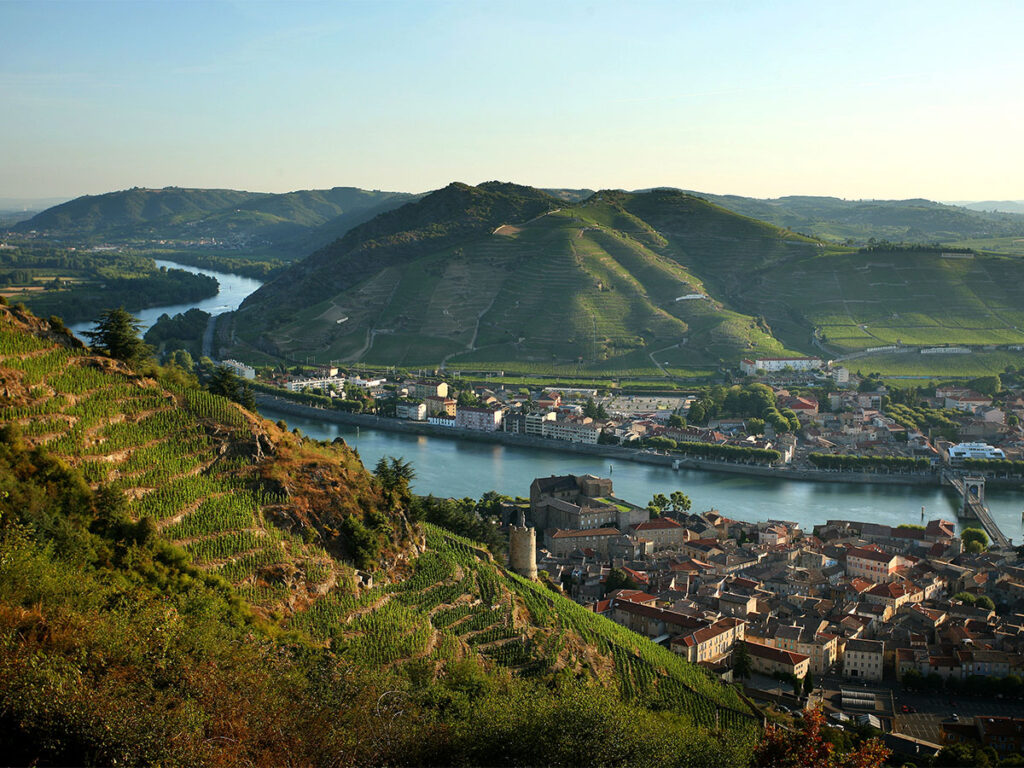
The Rhône Valley, the second largest appellation in France, just behind Bordeaux consists of thirty-one AOCs (Appellation d’origine contrôlée.) Twenty seven are found in the Southern Rhône, while the remaining eight are located in the Northern Rhône. There are twenty-seven distinct approved grape varieties permitted. The region is broadly divided into two; the Northern Rhône and the Southern Rhône. Red wine is king in the Rhône Valley. About 91% of Rhône wines are red, followed by roses and whites.
A comparative of the regions
The northern sub-region produces red wines from a single permitted red grape variety, Syrah. Approximately 20% of the production comes from white wine varieties Marsanne, Roussanne and Viognier. It is cooler than the southern sub-region as it experiences a continental climate with potentially devastating winters, but benefits from the warm summers. It experiences the mistral wind that blows off the Massif Central.
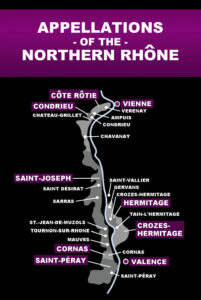
The southern sub-region is best known for its Grenache, however, there are fifteen approved red grape varieties. It experiences a Mediterranean climate with mild winters and warm dry summers. Almost eighty percent of all the red produced in the southern Rhône is red. The region also produces rosé and white wines. This is where the famous blends of Châteauneuf-du-Pape are found. This region is significantly larger than its Northern counterpart. Approximately 95% of all the wine made in the Rhône Valley is produced here and it is home to the largest AOC, Côtes du Rhône.
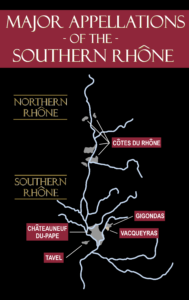
A comparative of the wines
Due to climactic and soil differences, the wines from the two regions are quite distinct. In fact, within the two sub-regions, there is quite a bit of diversity of wine style. You can expect higher alcohol in Southern Rhône wines along with more rounded, warmer, red fruit flavors. They often are described as being filled with herbs de Provence flavors or an herbal scent of garrigue which is a local scrub comprised of bay, lavender, rosemary and juniper. These wines are typically enjoyed young, however, you can also find very complex wines. The oak-aged white wines from Châteauneuf-du-Pape Blanc, are an excellent example of this later version.
Dracaena Wines has received consistent 90+ ratings and multiple Double Gold medals. Click image to order yours today and let Dracaena Wines Turn Your Moments into Great Memories!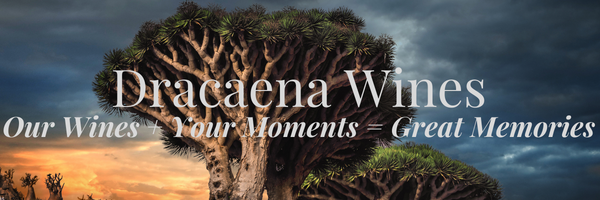
Wines from the Northern Rhône are bigger, bolder with pretty firm tannins when young. Thanks to the immense diversity within the northern region itself, Northern Rhône wines can be found in a range from rustic to very elegant. They are often described as highly aromatic with a floral essence and full bodied. Northern Rhône wines are ideal for long cellaring.
The Rhône Rangers and GSM
The name, Rhône Ranger was coined by Wine Spectator to describe Randall Grahm in their April 15, 1989 issue. The article featured Grahm dressed as the Lone Ranger and named him “The Rhône Ranger.” The original defenders of Rhône varieties organized a group in the mid 1980s but was disbanded as it did not gain traction. However in the 1990s, a new group resurrected and adopted the name Rhône Rangers. An instrumental aspect of the new group was the partnership between Château de Beaucastel in the Rhône Valley and Robert Haas of Tablas Creek in Paso Robles. This affiliation allowed for imported cuttings of many of the varieties allowed in Châteauneuf-du-Pape which were then made available to other wineries. Around the same time Alban Vineyards, Domaine de la Terre Rouge, Unti Vineyards and Zaca Mesa Winery also imported their own clones increasing the visibility of the Rhône varieties in California.
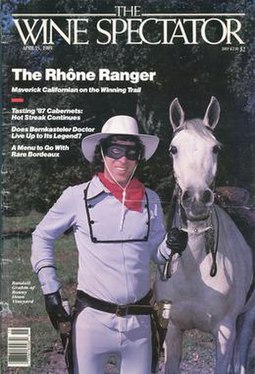
Through their website and events across the United States, their goal is to not only make the public aware of the varietals, but to educate them on how they make exceptional single varietal and blended wines. The blend of the Rhône is the GSM. The acronym stands for the three grape varieties that are in the wine, Grenache, Syrah and Mourvedre. Together, they produce a well rounded wine that is fruity thanks to the Grenache, peppery and savory due to the Syrah the Mourvedre lends the tannic and herbaceous notes. Although, technically, the fruit can come from anywhere in the Rhône Valley, more often than not, the fruit is from the southern sub-region.
The Event
Earlier this year I had the pleasure of attending the 15th Rhône Rangers event in Paso Robles. The Rhône Rangers is America’s leading non-profit dedicated to the promotion of Rhône varietals in the United States. In order to be a member of the Rhône Rangers, a producer must have a minimum of 75% of their wines made from one of the twenty-two traditional Rhône grape varieties that are approved by the French government.
The Grand tasting spotlighted over 200 Rhône based wines from throughout the United States. When discussing the Rhône, especially the southern sub-region, the WSET book states, “All winemakers must find a way of managing potentially high tannins and high alcohol levels in order to produce a balanced wine.” This, in effect, is why they blend their wines and at the event, Jason Haas had the quintessential quote about why Rhône blends are exceptional; “How often do you cook with one ingredient?”
To find out more about the Rhône Rangers and future events, please visit their website.
~Slàinte!
I invite you to follow me on Instagram, Twitter, Facebook and Youtube for all things wine. I’ll never tell you what to drink, but I’ll always share what’s in my glass.
disclaimer: I received a complimentary ticket to the Grand tasting. All opinions are my own.
Please support our sponsor:
Try the 90+ rated and multiple Double Gold medal winning wines of Dracaena Wines and get a 10% discount off your first order. Click the banner below and use code “Explore” at checkout. 

